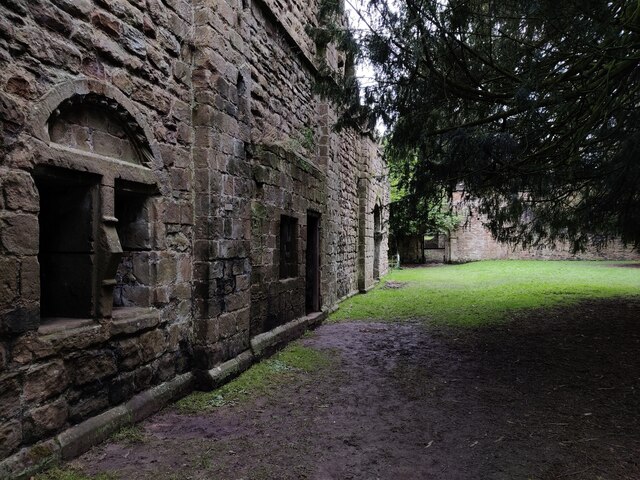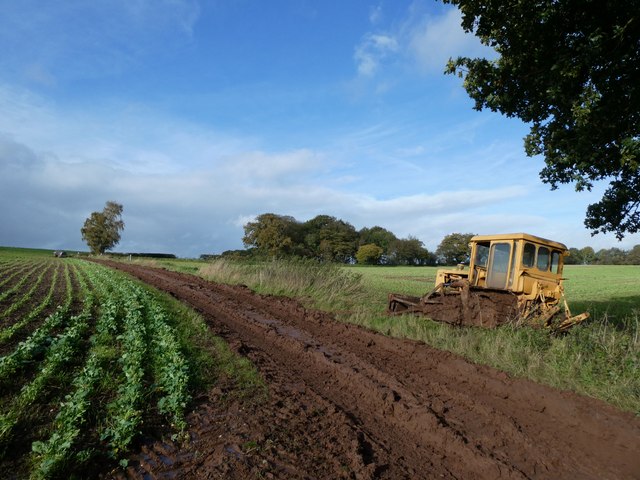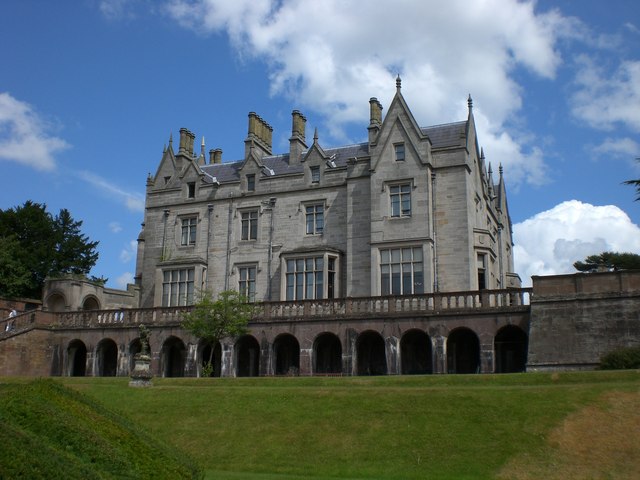Picken's Plantation
Wood, Forest in Shropshire
England
Picken's Plantation

Picken's Plantation is a beautiful woodland area located in Shropshire, England. Covering approximately 50 hectares, the plantation is known for its diverse range of flora and fauna, making it a popular destination for nature enthusiasts and hikers.
The woodland is primarily composed of native species such as oak, birch, and beech trees, creating a lush and vibrant environment. Picken's Plantation is also home to a variety of wildlife, including deer, foxes, and a wide array of bird species.
Visitors to the plantation can enjoy peaceful walks along the well-maintained trails that wind through the forest, offering opportunities to observe the natural beauty of the area. There are also designated picnic areas where visitors can relax and enjoy a meal surrounded by the sights and sounds of nature.
Picken's Plantation is managed by local conservation groups, who work to preserve the natural habitat and ensure that it remains a haven for wildlife for generations to come. Whether you are looking for a peaceful retreat or a chance to explore the great outdoors, Picken's Plantation is a must-visit destination in Shropshire.
If you have any feedback on the listing, please let us know in the comments section below.
Picken's Plantation Images
Images are sourced within 2km of 52.718658/-2.3634637 or Grid Reference SJ7513. Thanks to Geograph Open Source API. All images are credited.











Picken's Plantation is located at Grid Ref: SJ7513 (Lat: 52.718658, Lng: -2.3634637)
Unitary Authority: Shropshire
Police Authority: West Mercia
What 3 Words
///ranted.fame.narrating. Near Woodcote, Shropshire
Nearby Locations
Related Wikis
Lilyhurst
Lilyhurst is a small hamlet near Lilleshall and Sheriffhales in Shropshire. It has a population of roughly 20 people. It is part of the parish of Sheriffhales...
Lilleshall Hall
Lilleshall Hall is a large former country house and estate in the fields of Lilleshall, Shropshire, England. It is run by Serco Leisure Operating Ltd...
Sheriffhales
Sheriffhales is a scattered village in Shropshire, England, 4.3 miles (7 km) north-east of Telford, 2.5 miles (4 km) north of Shifnal and 4.3 miles (7...
Lilleshall Abbey
Lilleshall Abbey was an Augustinian abbey in Shropshire, England, today located 6 miles (9.7 km) north of Telford. It was founded between 1145 and 1148...
Have you been to Picken's Plantation?
Leave your review of Picken's Plantation below (or comments, questions and feedback).










